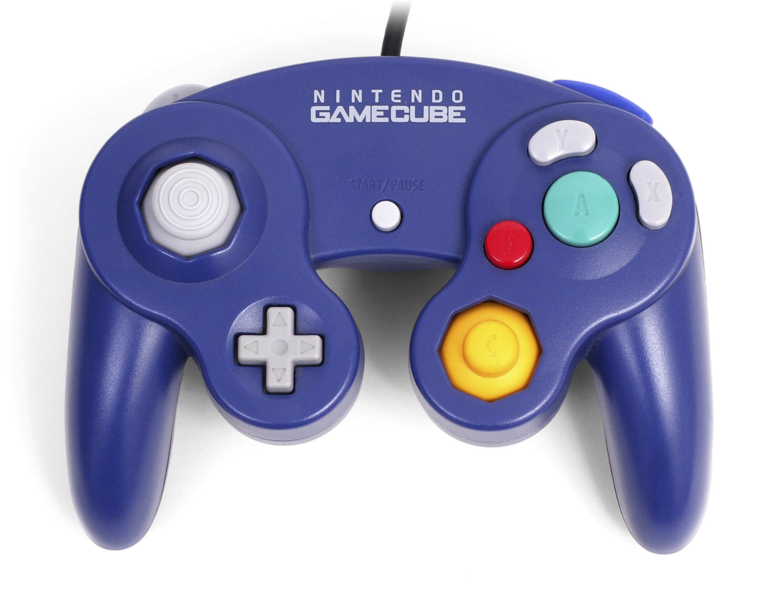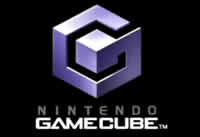
Browse our 601 Nintendo GameCube / NGC ROM and ISO Downloads. Fast Downloads & Working Games!
One of the most interesting challenges of developing an emulator is that both the target hardware and most of the target software start out as black boxes. As often mentioned within emulation circles, the first step to developing an emulator for a console is getting unsigned code running on real hardware. While running unsigned code on the GameCube can be a bit of a pain, requiring custom hardware or a mixture of the broadband adapter and certain games, the Wii has one of the most robust homebrew environments of any console. Just about anyone can download devkitpro, write their own homebrew, and run it on the Wii. The truth is that Dolphin is mostly used as an emulator for retail games, but it can also be a useful step for testing homebrew and hacks. After all, when running in Dolphin, users can pause execution, dump RAM, and poke memory without the need for a USB Gecko.
While the golden age of Wii homebrew has long passed, several game hacks are still under active development and the Wii remains one of the easiest game consoles to jump into and develop software. Because homebrew can rely on behaviors that games wouldn't ever want to do, even the simplest of projects can stumble into emulator bugs.
Developers kind enough to make their homebrew open source give Dolphin developers an interesting way of debugging issues. It's one of the rare cases where the software being debugged isn't a black box! This greatly cuts down how much effort and expertise is needed to debug what is happening in an issue - instead of mapping out what a game is doing through assembly, we can just look at the source code! Users who write tests that break Dolphin and provide source code give us a much easier look than trying to reverse-engineer what closed source software is doing.

This month, two bugs were discovered that, to our knowledge, do not affect any retail software! Thanks to homebrew projects, these bugs are now a thing of the past.
In addition to that, Dolphin on Android has seen a myriad of improvements since, and netplay saw some new features to make setting up games easier along with a new mode to reduce latency in three/four player matches! Dolphin on Android has had a bit of a checkered history since its inception. Users loved the idea of being able to take their favorite GameCube and Wii games on the go, but expectations and reality have never quite aligned. When Dolphin was first uploaded to the Play Store, developers tried to make it absolutely clear games wouldn't be playable, even going as far as calling it. Unfortunately, despite many warnings, many people got their hopes up the moment they saw Dolphin was on the appstore and were ready to play their favorite games, even if their device wasn't. While not everyone had false pretenses as to what should be possible, a lot of users blamed Dolphin for being poorly optimized rather than understanding that it wasn't even meant to run full speed yet.
The endless stream of poor ratings and angry comments eventually reached a breaking point and Dolphin was removed from the Play store mid 2016. That didn't mean development on Dolphin on Android had ceased, though. Instead, builds were provided on, safely tucked away from the majority of users who may not understand the current state of the app. Suddenly, earlier this month, the * complete with all the latest and greatest improvements featured in the!
After a 2 years break, Dolphin for Android is back on the Play Store! From now on, our beta versions will be updated there every month (synced with our monthly Progress Reports). Give it a try at (No, your potato phone still won't run games at 60FPS.)— Dolphin Emulator (@Dolphin_Emu). On July 13th, 2008,, now just over ten years ago. While it could be easy to drift off into how much things have changed. Cara download video instagram yang di protect.
There's one particular feature that has never quite lived up to the hype despite debuting that very same year - netplay. As surprising as it may sound Dolphin Netplay has been around since the emulator went open source.
For roughly a decade, users have tried their hand at taming the beast of synchronizing multiple instances of a GameCube and Wii despite their relative complexities. Netplay allows users to run the same instance of game on multiple computers by having two or more emulators in the exact same state, only transferring inputs between one another. By staying in lockstep like this, theoretically the emulators' states will never diverge assuming perfect determinism.
Top Pages
- Lightlogger Keylogger Crack
- Install Java 3d Mac Os X
- The End Of The World Movie In Hindi Download
- Black Sabbath Never Say Die Remastered Rar
- Free Download Program Koji Program Za Dekodiranje Telefona Program
- Chatrapathi Tamil Movie Songs Download
- Dungeons And Dragons 2nd Edition Character Generator
- Vir2 Electri6ity Keygens
- Mamas And Papas Amelia Cot Instructions
- Samsung Vg-Stc2000 Driver Download
- Eddie Vedder Into The Wild Flac
- Download Gundam Evolve Sub Indo
- Program Latihan Percuma
- Cyberlink Power Media Player Keygen Torrent
- One Piece Season 14 Shinokun